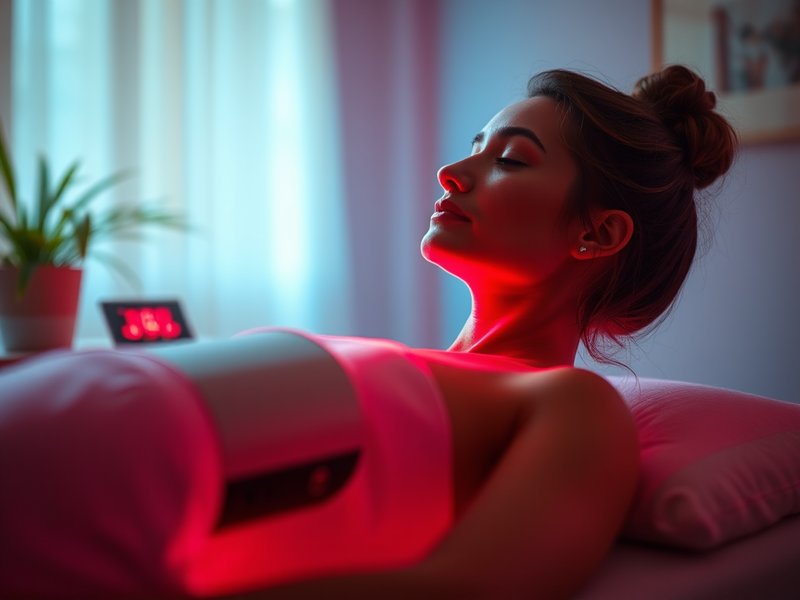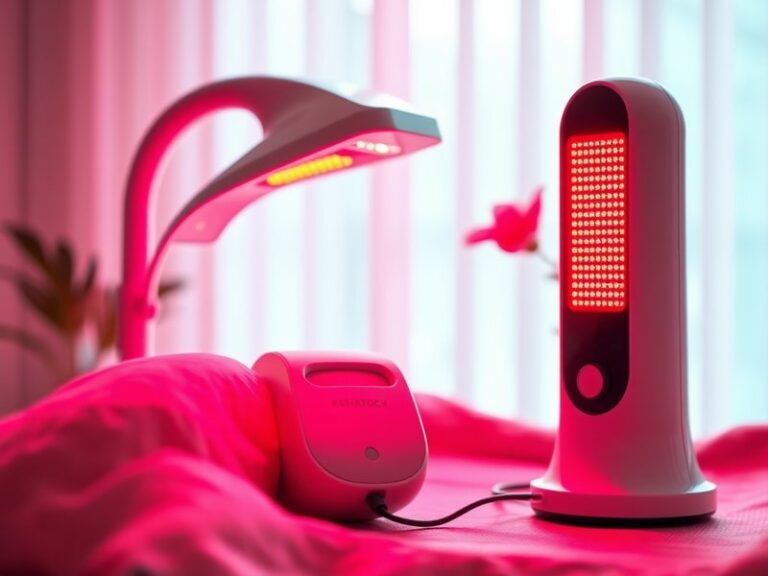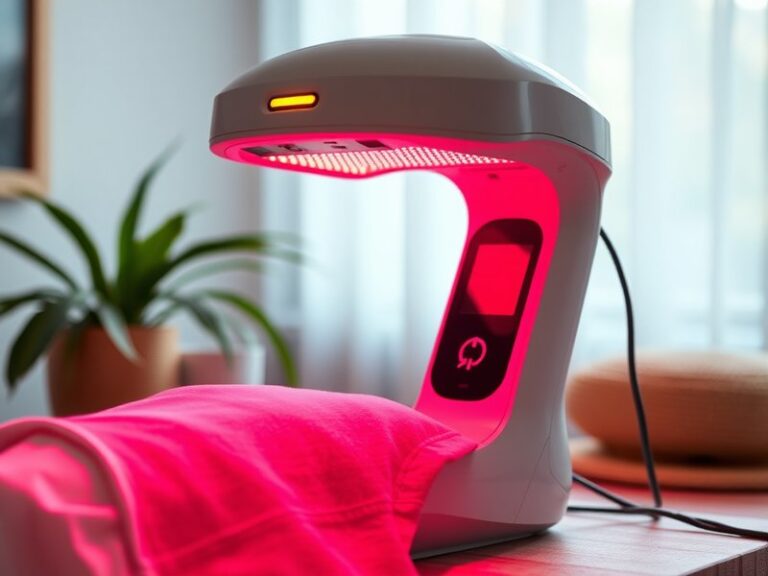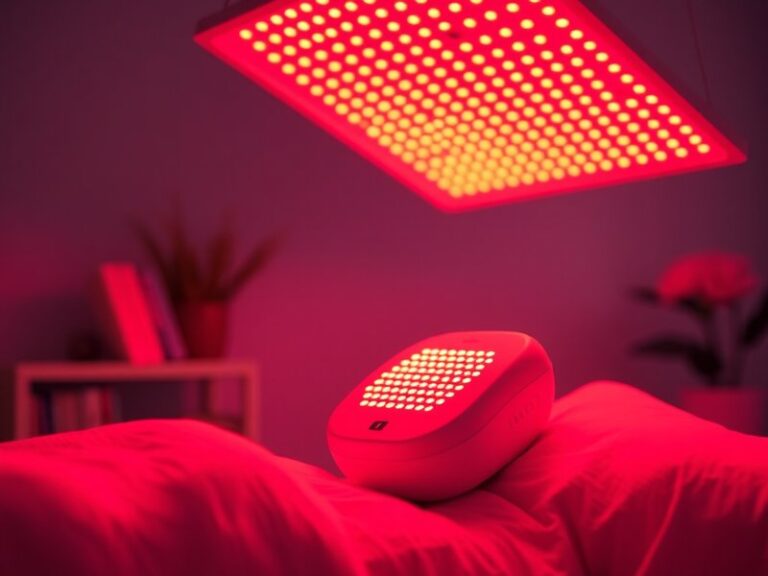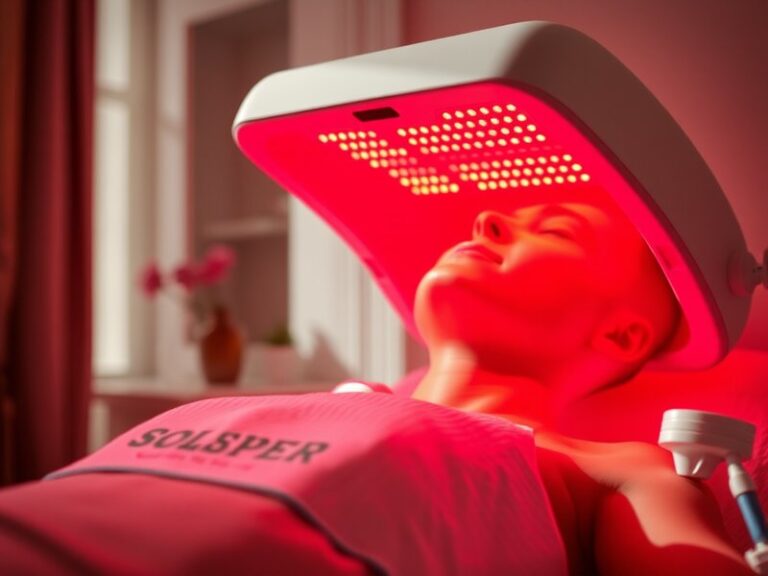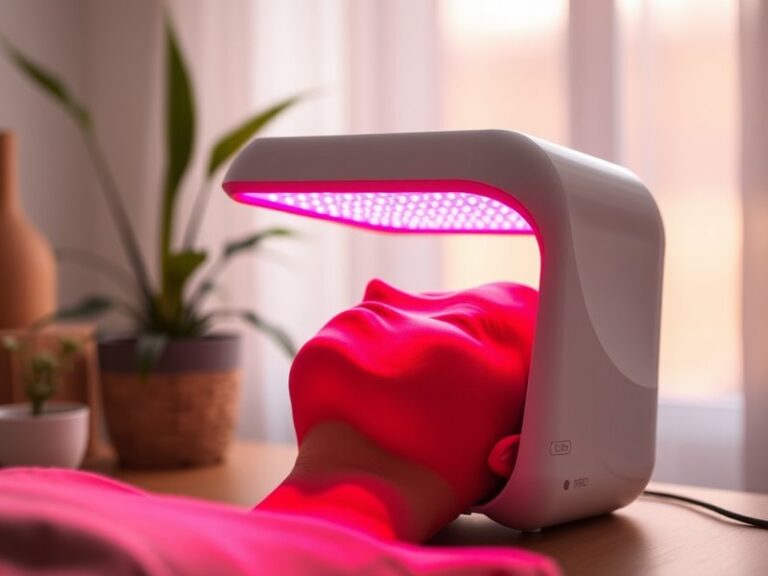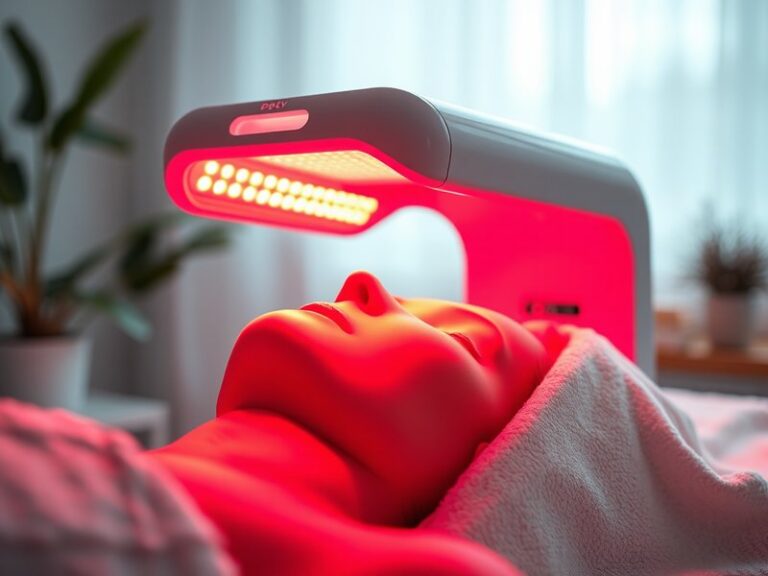How Often Should You Have Red Light Therapy?
How Often Should You Have Red Light Therapy?
Have you been wondering how often you should incorporate red light therapy into your routine?
This article will delve into the optimal frequency of red light therapy sessions to maximize its benefits, discuss various factors influencing your treatment schedule, and provide insights on alternatives and precautions to consider before starting. By the end, you will have a clearer understanding of how to make red light therapy work for you.
Key Takeaways
- Regular red light therapy can enhance skin health, reduce pain, and promote healing.
- Most users benefit from 3 to 5 sessions per week, but individual needs may vary.
- Always consider consultation with a healthcare professional before starting a new therapy regimen.
What is Red Light Therapy?
Red light therapy (RLT) is a form of treatment that utilizes low-level wavelengths of red light (typically between 600 to 650 nanometers) to penetrate the skin’s surface. It is commonly used in various health and wellness applications, including skin rejuvenation, pain management, and improved healing processes.
RLT works by stimulating cellular function through increased energy production within cells, particularly in the mitochondria. This enhanced cellular activity can lead to improved tissue repair, increased collagen production, and reduced inflammation.
Find out more in Daily Red Light Therapy: Is It Safe?
Various devices, such as handheld units and full-body panels, can be used for red light therapy, making it accessible for both professional and at-home treatments.
What are the Benefits of Red Light Therapy?
Understanding the advantages of red light therapy can help you decide how often to include it in your regimen.
Enhances Skin Health
Many users report improvements in skin complexion through red light therapy. Studies have shown that it can reduce wrinkles, hydrate skin, and minimize the appearance of scars or stretch marks by enhancing collagen production and cellular regeneration.
Alleviates Pain and Inflammation
RLT is commonly used to manage chronic pain conditions and inflammation. Research indicates that red light can help reduce pain perception and accelerate recovery from injuries, making it popular among athletes and individuals with chronic conditions.
Promotes Wound Healing
The application of red light therapy has been shown to accelerate wound healing processes by stimulating circulation and cellular repair mechanisms. This is particularly beneficial for individuals recovering from surgery or injured tissues.
Reduces Hair Loss and Improves Growth
Recent studies suggest that RLT might stimulate hair follicles and promote hair growth in individuals dealing with conditions like androgenetic alopecia or alopecia areata, providing a non-invasive solution to hair loss concerns.
Is it Possible to Have Red Light Therapy Too Often?
While red light therapy is generally safe, some specific considerations come into play regarding frequency. Overuse can lead to diminishing returns or temporary adverse effects, such as skin irritation.
What are the Advantages of Regular Sessions?
Regularly scheduled RLT sessions can provide consistent benefits by maintaining elevated cellular function and healing processes. This leads to prolonged effects in pain relief, skin improvement, and overall wellness.
What are the Disadvantages of Excessive Sessions?
Too many sessions can cause irritations and reduce overall effectiveness due to the body’s potential desensitization. Finding a sweet spot in your routine is crucial.
What are the Things to Consider Before Starting Red Light Therapy?
Before diving into your red light therapy regimen, certain factors should be considered to ensure safety and effectiveness.
Consult a Healthcare Provider
Always consult with a healthcare provider before beginning any new treatment, especially if you have pre-existing medical conditions or are on medications that may react with light therapy.
Understand Your Goals
Identifying specific goals for therapy—be it pain relief, skin rejuvenation, or recovery—will help tailor the frequency and duration of sessions to achieve optimal results.
Monitor Your Skin’s Response
Pay attention to how your skin responds during and after treatment. If irritation occurs, consider reducing the frequency of sessions or consulting a professional for further advice.
What are the Alternatives to Red Light Therapy?
If you’re exploring different therapies for similar benefits, there are several alternatives to consider.
Laser Therapy
Laser therapy uses focused light to treat various conditions, including skin issues and chronic pain. It often provides targeted results but may require more downtime compared to RLT.
Microdermabrasion
Though primarily a cosmetic procedure aimed at skin exfoliation, microdermabrasion can work alongside RLT for skin rejuvenation by improving texture and reducing blemishes.
Chemical Peels
Chemical peels involve the application of substances to remove layers of skin for a rejuvenated appearance. While effective, they can come with more significant recovery times unlike the non-invasive nature of RLT.
Conclusion: Is it Recommended to Have Red Light Therapy?
In conclusion, red light therapy offers numerous benefits and can be a valuable addition to your health and wellness routine. While general guidance suggests 3 to 5 sessions per week, personal needs and goals should dictate your specific approach. Consulting with a healthcare provider prior to starting is essential to ensure it aligns with your individual health considerations.
Frequently Asked Questions
How long should each red light therapy session last?
Typically, each session lasts between 10 to 30 minutes, depending on the area being treated and the device used.
Can I do red light therapy every day?
While daily sessions can be beneficial for some, it’s crucial to listen to your body. Starting with a few sessions a week and increasing frequency based on personal response is advisable.
Are there any side effects from red light therapy?
Most users experience no side effects; however, some may experience transient irritation or sensitivity. Listening to your body and adjusting frequency can help mitigate this.
What should I do to prepare for a red light therapy session?
It’s best to start with clean skin, free of lotions and makeup, and ensure the treatment area is exposed for maximum light penetration.
Is red light therapy safe for all skin types?
Red light therapy is generally safe for most skin types. However, consult with a healthcare professional if you have specific skin conditions or concerns.
By taking these considerations into account, individuals can better tailor red light therapy to enhance their overall health and well-being.
Find out in Duration of Red Light Therapy?
